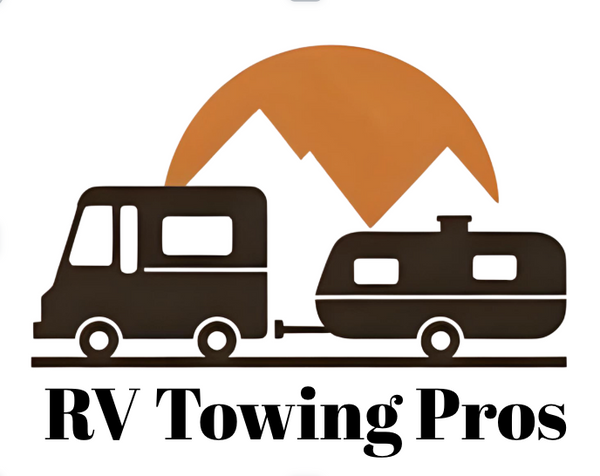Weight Distribution Hitches – Do You Need One and How Do They Work?
Share
Weight Distribution Hitches – Do You Need One and How Do They Work?
When towing heavy trailers, maintaining control, balance, and safety is crucial. That’s where weight distribution hitches (WDHs) come into play. Let's explore the most common questions RVers and trailer haulers ask about these important towing tools.
Do I really need a weight distribution hitch? If your trailer is more than 50% of your vehicle’s weight, or if you experience trailer sway or rear-end sag, then yes, you likely need a weight distribution hitch. It helps evenly distribute weight across the axles of both the tow vehicle and the trailer, resulting in safer handling, improved steering, and reduced wear on the suspension.
Can I back up with a weight distribution hitch? In most cases, yes. However, it depends on the model and whether it includes sway control bars. Some models require sway control bars to be removed before backing up to prevent damage. Husky offers models that allow backing up without removing any components—just be sure to check your manual.
How do I install a Husky weight distribution hitch? Installation typically involves mounting the head assembly to the hitch receiver, attaching the spring bars, and connecting the chains to the trailer frame. It’s essential to measure the height before and after installation to ensure proper weight transfer. Husky includes a detailed manual with each product, but professional installation is recommended if you're unsure.
What size weight distribution hitch do I need? Match the weight distribution hitch to your trailer’s gross trailer weight (GTW) and tongue weight (TW). Husky offers a range of capacities, such as 600/6,000 lbs up to 1,200/12,000 lbs. Always aim for a hitch that covers your trailer's maximum loaded weight.
How tight should the chains be on my weight distribution hitch? The chains should be tightened to allow the spring bars to exert downward pressure on the trailer tongue. Typically, this means raising the tongue jack to relieve pressure and then connecting the chains to achieve a specific number of links between the bars and brackets—usually 5-7 links.
Why is my trailer still sagging with a weight distribution hitch? Several factors can cause sagging:
-
Incorrect hitch head angle or ball height
-
Uneven loading of the trailer
-
Chains not properly tensioned
-
The hitch isn’t rated for the trailer's weight
Recheck your setup and refer to the installation manual to ensure everything is correctly configured.
